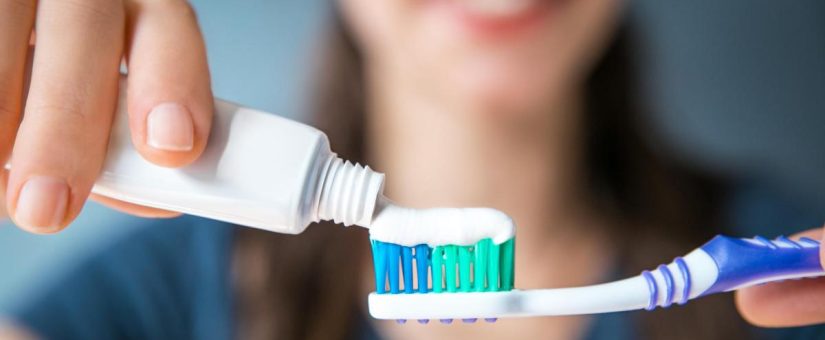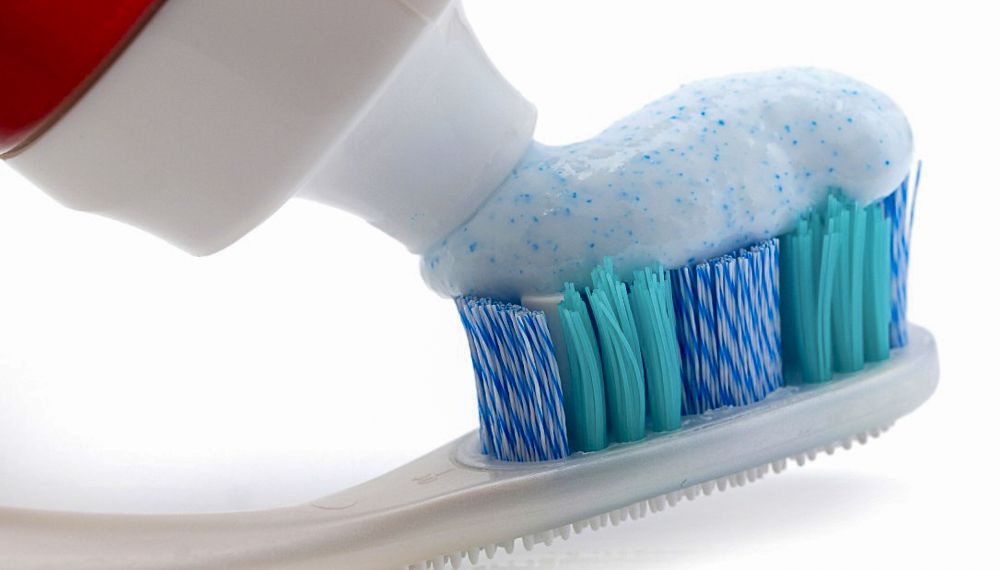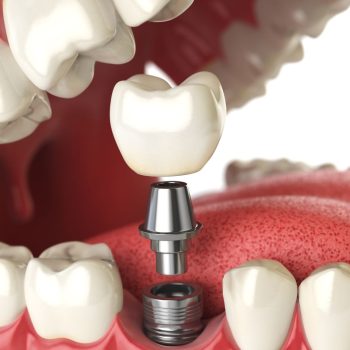
Why Don’t Fluoride-Free Toothpastes Protect Effectively Against Cavities?
- On 8 July, 2024
Oral health is a crucial component of overall well-being, and cavity prevention is a major concern in dental care. One of the most debated topics in the field of dentistry and about which I receive many questions, is the use of fluoride in toothpastes. Despite the growing popularity of natural and fluoride-free products, scientific evidence strongly supports that fluoride-free toothpastes do not effectively protect against cavities. In this article, we will explore the reasons why fluoride is essential in preventing cavities and why non-fluoride toothpastes are not effective.
What is Fluoride and How Does It Work?
fluorine is a natural mineral found in water, soil and various foods. Its effectiveness in preventing cavities has been extensively documented and recognized by health organizations around the world, including the American Dental Association (ADA) and the World Health Organization (WHO) (American Dental Association, 2020).
Mechanisms of Action of Fluorine

- Enamel Remineralization: Fluoride helps repair tooth enamel damaged by acids produced by bacteria in dental plaque. This is known as remineralization, a process where fluoride is incorporated into the enamel structure, strengthening the teeth and making them more resistant to future acid attacks (Featherstone, 2000).
- Inhibition of Demineralization: Fluoride reduces the rate at which acids demineralize tooth enamel. This is crucial to maintain the integrity of the enamel and prevent the formation of cavities (Marinho et al., 2003).
- Antibacterial Effect: Fluoride also has antibacterial properties, inhibiting the activity of bacteria responsible for the production of acids that cause cavities (van Loveren, 2001).
Effectiveness of Toothpastes with Fluoride
 Numerous studies have shown that toothpastes with fluoride are significantly more effective in preventing cavities than those without fluoride. According to a meta-analysis published in the Cochrane Database of Systematic Reviews, fluoride toothpastes reduce the incidence of cavities by an average of 24% compared to non-fluoride toothpastes (Marinho et al., 2003).
Numerous studies have shown that toothpastes with fluoride are significantly more effective in preventing cavities than those without fluoride. According to a meta-analysis published in the Cochrane Database of Systematic Reviews, fluoride toothpastes reduce the incidence of cavities by an average of 24% compared to non-fluoride toothpastes (Marinho et al., 2003).
A longitudinal study carried out by the University of Manchester found that children who used fluoride toothpastes had 31% fewer cavities than those who used non-fluoride toothpastes (Chestnutt et al., 1998). This study highlights the importance of fluoride in the daily dental hygiene routine.
Limitations of Fluoride-Free Toothpastes
toothpastes without fluoride lack the defense mechanisms that fluoride provides. Although they may contain natural ingredients that offer benefits such as anti-inflammatory or antimicrobial properties, these do not replace fluoride’s ability to remineralize enamel and prevent demineralization.
Myths and Realities

- Safety of Fluoride: One of the most common arguments against the use of fluoride is its safety. However, when used in appropriate concentrations, fluoride in toothpastes is safe and highly effective. Concerns about dental fluorosis are minimal and are primarily related to excessive fluoride intake in childhood (Centers for Disease Control and Prevention, 2001).
- Natural Alternatives: While natural toothpastes may be attractive to those looking to avoid chemicals, it is important to understand that the absence of fluoride in these products means they do not provide the same protection against cavities. Ingredients such as xylitol can help reduce plaque, but they cannot remineralize tooth enamel the way fluoride can (Söderling, 2009).
Conclusions
- Fluoride is an essential component in the fight against cavities. Non-fluoride toothpastes, although they may have additional benefits and be preferred by certain consumers, do not offer the same effective protection against cavities as fluoride toothpastes.
- Scientific evidence strongly supports the use of fluoride to maintain dental health and prevent cavities.
- It is crucial that both healthcare professionals and our patients understand the importance of fluoride and choose toothpastes that contain it to ensure optimal oral health.
References
-American Dental Association. (2020). Fluoride in toothpaste. Retrieved from https://www.ada.org
– Centers for Disease Control and Prevention. (2001). Recommendations for using fluoride to prevent and control dental caries in the United States. MMWR Recommendations and Reports, 50(RR14), 1-42.
– Chestnutt, I. G., Schäfer, F., Jacobson, A. P., & Stephen, K.W. (1998). The prevalence and effectiveness of fissure sealants in Scottish adolescents. *British Dental Journal, 184*(3), 125-129.
– Featherstone, J. D. B. (2000). The science and practice of caries prevention. *Journal of the American Dental Association, 131*(7), 887-899.
– Marinho, V. C. C., Higgins, J. P. T., Logan, S., & Sheiham, A. (2003). Fluoride toothpastes for preventing dental cavities in children and adolescents. *Cochrane Database of Systematic Reviews, 2003*(1), CD002278.
– Söderling, E. (2009). Xylitol, Mutans streptococci, and dental plaque. *Advances in Dental Research, 21*(1), 74-78.
– van Loveren, C. (2001). Antimicrobial activity of fluoride and its in vivo importance: Identification of research questions. *Caries Research, 35*(Suppl 1), 65-70.


